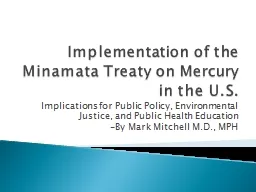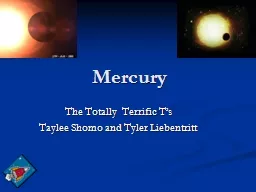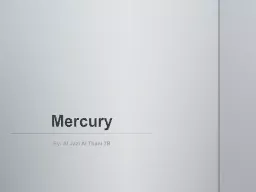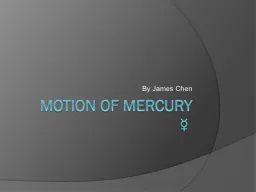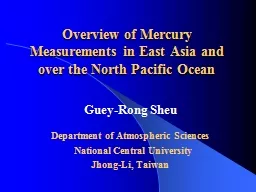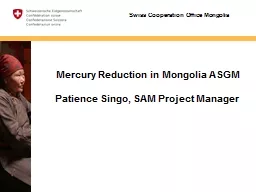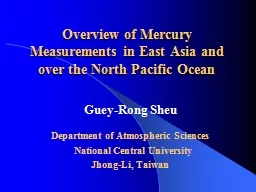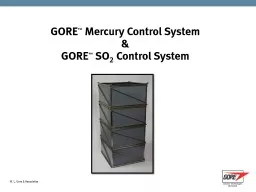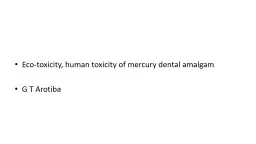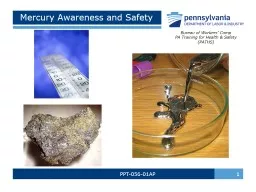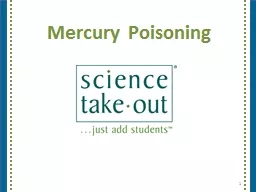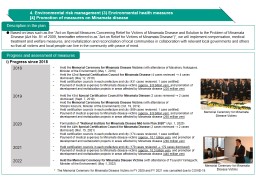PPT-Implementation of the Minamata Treaty on Mercury in the U.S.
Author : jezebelfox | Published Date : 2020-08-05
Implications for Public Policy Environmental Justice and Public Health Education By Mark Mitchell MD MPH Minamata Treaty Goal Why is Mercury Exposure a Problem Minamata
Presentation Embed Code
Download Presentation
Download Presentation The PPT/PDF document "Implementation of the Minamata Treaty on..." is the property of its rightful owner. Permission is granted to download and print the materials on this website for personal, non-commercial use only, and to display it on your personal computer provided you do not modify the materials and that you retain all copyright notices contained in the materials. By downloading content from our website, you accept the terms of this agreement.
Implementation of the Minamata Treaty on Mercury in the U.S.: Transcript
Download Rules Of Document
"Implementation of the Minamata Treaty on Mercury in the U.S."The content belongs to its owner. You may download and print it for personal use, without modification, and keep all copyright notices. By downloading, you agree to these terms.
Related Documents

